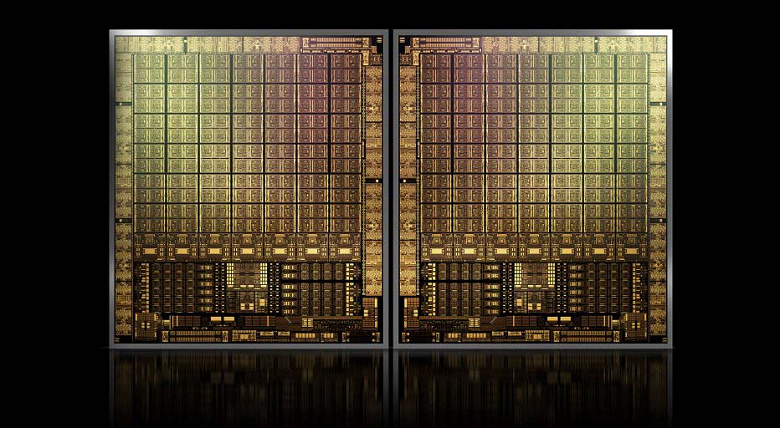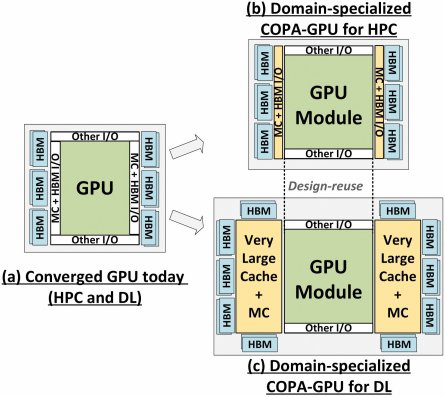According to numerous leaks and rumors, Nvidia’s next generation graphics cards will be released late next year. Despite this, the first technical details about the top-end GPU of the Hopper generation appeared on the Web, but in a rather specific form.

The GPU in question is referred to in the documents as GPU-N. The nuance is that this document is a scientific work of Nvidia specialists, and the very GPU-N appears there as a simulated and predicted next-generation GPU, the parameters of which are formed by linear extrapolation of parameters from GPU V100 to GA100. At the same time, the document clearly states that its authors did not try to design the exact configuration of the future GPU, but demonstrated the effect of the expected scaling speeds on the computational and memory bandwidth.
Presumably, we are talking about a part of the GPU GH100, which will replace the GA100 and will be focused on specialized accelerators, not gaming video cards. The early information that GPU Hopper will be dual-chip is neither confirmed nor refuted in this case, but the authors simulated a single-chip GPU. That is, probably almost everything that is listed below can be multiplied by two.

So, as stated, GPU-N contains 134 SM blocks and 8576 CUDA cores. This is only a quarter more than the GA100. The simulation took place under the condition that three test GPUs were running at a frequency of 1.4 GHz. Also, the new GPU was credited with 60 MB of L2 cache and 100 GB of HBM2e memory with a bandwidth of almost 2.7 TB / s with the ability to scale up to 6.3 TB / s.
As a result, the simulation showed that the performance with single precision (FP32) will be 24.2 TFLOPS and 779 TFLOPS with half precision (FP16). This is, respectively, 24% and 350% more than GA100. For comparison, the already presented AMD Instinct MI250X accelerator has indicators of 95.7 and 383 TFLOPS, respectively.
Another interesting point in the document is the description of the architecture of COPA (Composable On-PAckage). In this case, it’s more of a concept, but that’s not important. The idea behind COPA is to divide the GPU into separate components in the form of separate chips, with the subsequent creation of the final GPU for the specific needs of a particular segment. For example, in this way you can allocate the cache memory in a separate crystal and, if necessary, increase its volume by 32 times relative to the usual one. Recall that AMD 3D V-Cache technology implements just such an idea.
But for now, one can only guess if we will see GPUs created under the COPA concept in the coming years.
.
Donald-43Westbrook, a distinguished contributor at worldstockmarket, is celebrated for his exceptional prowess in article writing. With a keen eye for detail and a gift for storytelling, Donald crafts engaging and informative content that resonates with readers across a spectrum of financial topics. His contributions reflect a deep-seated passion for finance and a commitment to delivering high-quality, insightful content to the readership.






